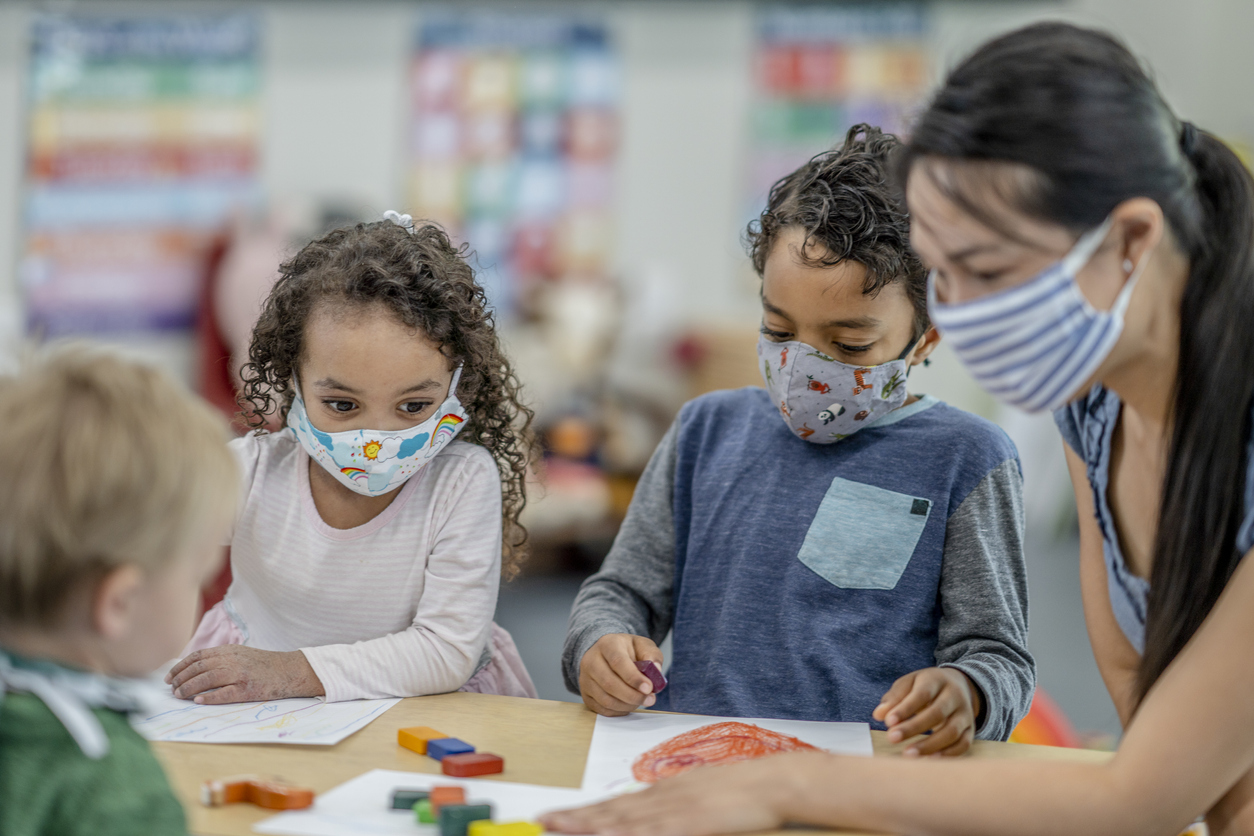Turn Down the Tech
Written by: Jay Meadows, Exemplars, CEO
This is a unique inflection point within education. For the past 18 months, teachers across the country have worked to reinvent their approaches to teaching and learning in a way unlike any that’s ever been tried.
Since March of 2020, teachers shifted from in-classroom learning to a variety of models including asynchronous, hybrid, and in-person instruction. During this time, teachers searched for and utilized educational technologies to engage their students and continue learning with incredible creativity and ingenuity. It has truly been a heroic effort.
Digital technology and computers allowed educators and students to adapt and respond to a number of challenges prompted by school closures. And we were incredibly grateful to lean on them. As we prepare for the new school year, we’re all working to define what learning is going to look like when everyone physically returns...we hope. One vital question is what role these new computer technologies should now play within the mathematics classroom.
As we prepare to welcome our students back, let’s remember that the best learning truly is a community activity. Researchers have been telling us for years—centuries!—that the most effective learning happens when students are allowed to work collaboratively, in proximity with their peers, debating, discussing, developing and solving problems together. This series from Edutopia is a terrific summary of much of this thinking.
So what does this mean for us in our math classrooms?
First, it means this is the moment to recreate a learning environment based on collaboration and working together. John Hattie, in his seminal book, Visible Learning, demonstrates that several classroom strategies involving student interaction and collaboration produce statistically significant improvements in learning outcomes.
Teaching Influence | Effect Size |
Classroom discussion | 0.82 |
Cooperative versus individualistic learning | 0.59 |
Cooperative versus competitive learning | 0.54 |
Student-centered teaching | 0.54 |
Peer influences | 0.53 |
Small group learning | 0.49 |
Cooperative learning | 0.42 |
Second, let’s make the in-school classroom a computer-lite zone. Some amazing technologies are available that help our students master their math skills. But because we know that the developing brain of our students is hardwired for social interaction, cooperative learning, and classroom discussion, let’s focus our work as teachers inside the classroom on what can happen most effectively there.
And that’s students engaged, talking, thinking, interacting, and learning with each other.
In the classroom, let’s ask students to work on rich tasks, like those found in the Exemplars performance task Library, that inspire them to talk to each other. Let’s encourage our students to think flexibly with hands-on manipulatives and explore problems using representations to discover solutions. Let’s engage in rich discourse where students are sharing their strategies for finding a solution.
When the centerpiece of a classroom learning environment focuses on the talking, interacting, exploring, searching, and sharing, we will reignite what schools and classrooms have always been meant to be: a center for collaborative learning. This fall, let’s reignite the fun of learning with our students. Take some time to turn the technology down and turn their brains on.



